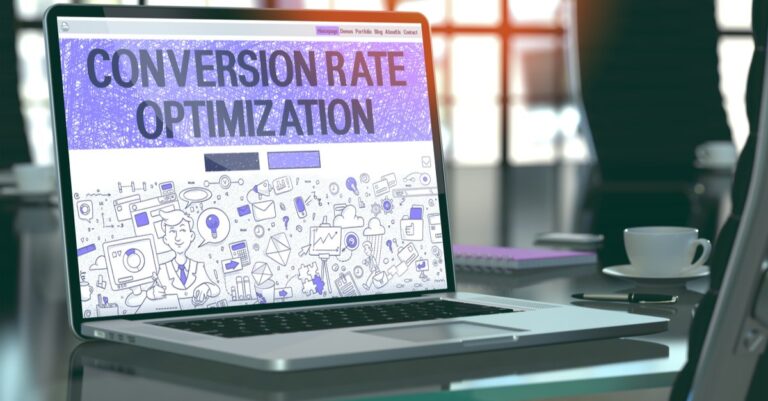By The Web Designer
A website is the home for online business owners. It’s not only a reflection of how authentic a business is, but also of the design skills that went into its making. But wait, does that imply that ALL websites should be shiny and glam? No, a great website should be able to load quickly, be easily navigable and display all of the required information.
Here we’re listing some of the most important elements that make a good website into a great one! So get that pen and paper ready and keep checking the boxes
1. Website Load Time
A slow-loading website is an instant killer. The faster your website loads, the lower your bounce rate will be and visitors are more likely to stay on the website due to the good user experience. So if you don’t want users to fall off before even seeing the website, make sure the website loads quickly.
Luckily, there are free tools that will help you to test the website’s speed on both desktop and mobile and see what is causing your website to load slowly.
Good Website Speed Tools to Use:
2. Navigation
Three words: Clear The Clutter!! Nobody wants an extravagant menu taking them to a 100 different pages when they just want to download a simple freebie. Do not turn your website into a maze where visitors have to “figure” their way in (or out?!), it’s just going to do more harm than good. A clean, well-organized navigation is a great strategy to boost website design and eventually site visitors.
3. Responsive
We cannot enough stress how important it is for a website to be mobile-friendly! Recent statistics have revealed that mobile phones accounts for approximately half of web traffic worldwide, and this number is only going to increase.
So designers, if your website is not responsive, you’re losing out a big chunk of site visitors. A responsive web design is all about creating web pages that look good on all devices!
4. Cross-Browser Compatibility
With so many browsers available to users these days from Chrome to Safari to Firefox and beyond, it’s important to make sure your website works and appears correctly on all browsers. Even if you prefer one browser, your site visitors may use another.
There are a number of paid and free web browser testing tools available in the market that you can use for cross browser testing. These tools will pull up the website on various browsers so you can see how they appear from a single screen. Some popular options include:
5. Content
KISS – Keep It Short and Simple. A crisp, clear and concise information will let the visitors know everything they need from your website. And when it comes to content, the other aspect is that, it should be well-organized. It’s very important to have a dedicated About page, Contact page, Blog page, etc., where users can easily navigate to, and read the part they’re most interested in.
6. Branding
Branding is not only important in terms of Marketing but also Web Design. The look and feel of a website is the reflection of its business. When visitors land on a website, and do not get the same appearance as that on social media or even offline for a brand, it can be a major turn off. So make sure, that a consistency is maintained in terms of colors, fonts, message etc. It adds that extra level of credibility!
7. Images
Pictures speak louder than words. Imagine running a Travel Blog, with no or very little pictures. While the content on your website is important, do not miss out the opportunity of making your website interesting my using relevant images. Most users just run a quick scan before making up their minds to actually stay on a website. If the website is ‘too-many-words’ without a visual appeal, chances are visitors might drop off and never come back.
But, do not forget to optimize those image before uploading them, we also don’t want the website to slow down!
8. Security
It goes without saying that if you’re a web designer or an online business owner, taking the security of your website in your own hands is very important. Here are a few tips to help you:
- Keep all plugins and theme updated
- Remove unwanted themes from your WordPress dashboard
- Opt-in for a Website Firewall
- Purchase an SSL certificate for your website
- Invest in a good quality anti-virus software for your computer
- Frequently back up your website
- Host your website on Managed WordPress Hosting
9. Internal and External Links
Broken or dead links can have a serious negative effect on your website’s ranking and usability. These create what’s known as an ‘error 404 page’ and do not create a positive user experience.
Using tools such as Dead Link Checker will help you to root out such error pages.
10. Social Media Integration
Having a social proof is always an added advantage for any business, and if this is integrated with the website, it adds an extra layer of credibility. Integrating social media to your website gives your users more ways to share and engage with your content.
For WordPress users, a number of social media plugins (free and premium) are available online.





